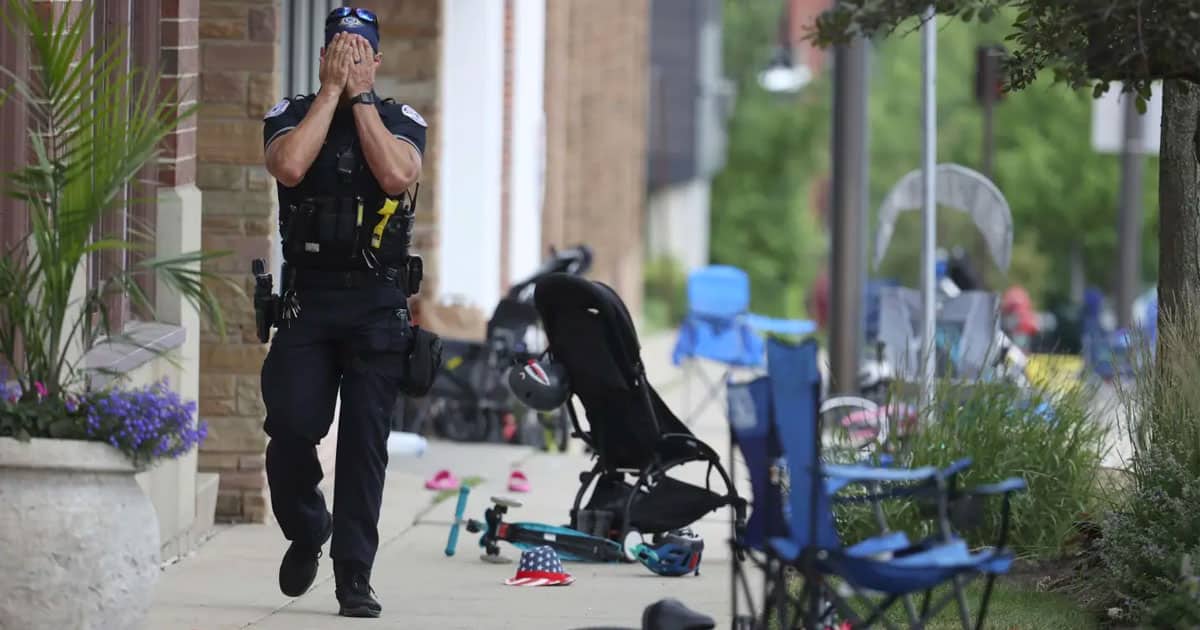
To be perfectly clear, no Second Amendment advocate wants dangerous individuals to possess weapons. However, these red flag laws are trotted out every time a grandstanding politician rails against gun rights, and many times there is little due process afforded to the targets of gun seizures.
Further, a recent study by the Associated Press showed that these laws, despite being trumpeted as another battle in the war against guns, are in fact rarely used. But there is one city in southern California that bucked this trend, and their results deserve scrutiny.
In the case of San Diego, there should be a clear cause-and-effect if these actions had their intended results.
So, how has this affected violent crime rates in the city?
A new report by San Diego revealed that not only has violent crime not diminished, but firearm-related offenses have in fact skyrocketed. In the last five years, the city has experienced a tremendous jump in homicides involving firearms and crimes in general involving guns.
This despite the hard push from San Diego City Attorney Mara Elliot to put red flag laws front and center in the city’s battle with crime. She assigned no less than eight attorneys to file extreme risk protection orders (ERPOs) whenever the perceived need arose.
This focus put the city well ahead of others in California in pursuing the avenue to theoretically control gun violence.
Figures show that over 1,250 times since the end of 2017, the city team has successfully filed ERPOs that led to a restraining order. Breaking down the statistics further, through April there were almost 1,600 firearms seized from 865 individuals. This far outpaced any other jurisdiction in the state as San Diego counted for a full one-third of California’s tally in 2021.
Roughly one-third of the confiscated weapons, mostly handguns, were then returned to their owners.
Boasting these numbers, it stands to reason that the effects on violent crime would be obvious. That, however, is far from the case.
San Diego’s rate of firearm-related homicides soared by 56% over the past five years. The homicide rate for that five-year period is higher than it stood the year before the current red flag effort commenced.
And crimes involving guns rose a staggering 64% from 2017 to 2021.
The report covered 2016 through 2022, though some figures did not stretch across the entire span. The study showed in the seven-year period that 1,310 died by firearms from 2017 to last year, and 1,367 were injured by weapons from 2016 to 2021.
Almost 71% of gun-related deaths in San Diego County were suicides. Suicides involving firearms declined half a percentage point during that period, coinciding with an overall decline in suicides by other methods.
According to data from the Gun Violence Community Needs Assessment Final Report, roughly three out of 10 of the gun-related deaths were homicides.
Despite the failure to show positive results, California officials are pleased with the city’s efforts. The Governor’s Office of Emergency Services recently announced it will fund $1 million to the San Diego City Attorney’s Office to spread its red flag efforts to other law enforcement agencies.
And Gov. Gavin Newsom (D), a notorious anti-gun zealot who recently proposed a constitutional amendment to enshrine his state’s gun control measures into the law of the land, is pushing for more red flag laws. He also endorsed expanding the number of people who may file an ERPO to have a person’s firearms confiscated.
All of this is based on negligible or even nonexistent results.
